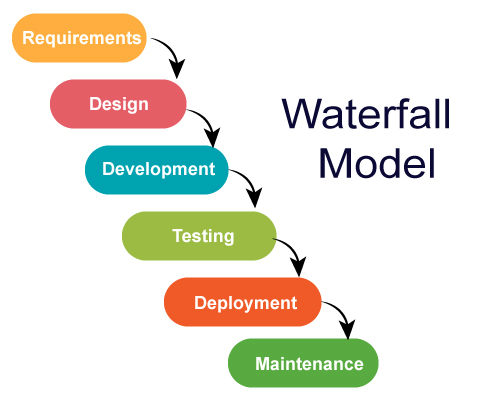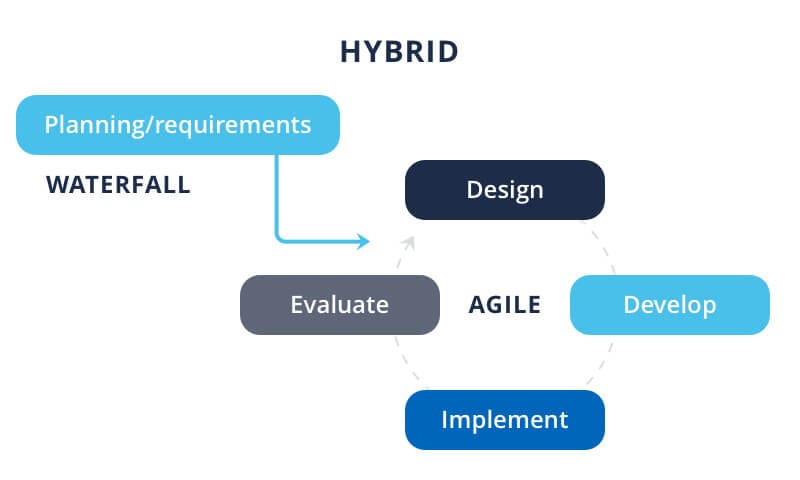Project Management 101: How to Keep Your Projects from Becoming Dumpster Fires
6 min read

Project management is often romanticized as this perfect space where every task is neatly aligned, deadlines are met effortlessly, and teams work in perfect harmony. In reality, however, it often resembles a precarious juggling act where one wrong move can send everything crashing into chaos. Missed deadlines, scope creep, budget overruns, and team misalignment are just a few of the reasons why projects fail. In fact, according to the Project Management Institute (PMI), only 58% of organizations fully understand the value of project management, which directly impacts success rates.
So how do you prevent your projects from turning into a raging inferno of confusion, missed deadlines, and budget nightmares? In this guide, we’ll break down the fundamentals of project management, key methodologies, and best practices to ensure your projects stay on track and deliver tangible results.
Also check out: Best Project Management Tools in 2025: Features, Pricing & Pros/Cons
For streamlined project tracking, risk management, and data-driven insights, check out Middleware. Middleware helps teams stay on top of their projects with real-time analytics, smart alerts, and performance monitoring—all in one place. Get started today and take control of your project management process!
Understanding Project Management: More Than Just Task Lists
Project management is the discipline of planning, executing, and overseeing a project to ensure its success within set constraints such as time, budget, and resources. It involves a structured approach to managing work and ensuring that project goals align with business objectives.
The Core Components of Project Management

Project Scope: Clearly defining what the project will and won’t include to avoid scope creep.
Timeline & Milestones: Setting realistic deadlines and breaking work into manageable phases.
Budget Management: Keeping financial resources under control.
Resource Allocation: Assigning the right people to the right tasks.
Risk Management: Identifying potential pitfalls before they derail progress.
Communication: Ensuring that stakeholders, teams, and leadership are aligned.
Quality Assurance: Maintaining the expected standards in deliverables.
Also read: Top 20 Project Management Tools & Techniques for Project Managers
Popular Project Management Methodologies
Different projects require different approaches. Understanding which methodology fits your team’s needs is critical for success.
1. Waterfall Methodology

A linear, sequential approach where each phase must be completed before moving to the next.
Best for projects with clear requirements and minimal changes.
Common in industries like construction and manufacturing.
2. Agile Methodology

Iterative and flexible, emphasizing collaboration and adaptability.
Best for dynamic projects that evolve based on stakeholder feedback.
Popular in software development and creative industries.
3. Scrum Framework

A subset of Agile, involving time-boxed iterations called sprints.
Teams hold daily stand-up meetings to discuss progress.
Best for projects requiring fast iterations and continuous improvement.
4. Kanban Methodology
A visual approach using boards to track task progress.
Helps in managing workflows and reducing bottlenecks.
Ideal for operational and continuous delivery projects.
Learn more about Kanban Project Management for Technical Project Managers
5. Hybrid Approach

A mix of Agile and Waterfall, offering both structure and flexibility.
Best for projects needing adaptability without losing control.
Learn more about Hybrid Project Management: Merging Agile and Waterfall Approaches
Best Practices for Project Success
1. Define Clear Goals and Objectives
Use the SMART (Specific, Measurable, Achievable, Relevant, Time-bound) framework.
Ensure stakeholders are aligned on expectations from the outset.
2. Plan Thoroughly, But Allow Flexibility
A well-structured project plan serves as a roadmap.
Leave room for adjustments based on real-time challenges.
3. Communicate Effectively
Use collaborative tools like Slack, Microsoft Teams, or Asana.
Hold regular check-ins to ensure alignment.
4. Manage Risks Proactively
Conduct a risk assessment at the beginning.
Have contingency plans in place.
5. Monitor Progress with Key Metrics
Use KPIs such as:
Schedule Variance (SV): Measures how ahead or behind schedule the project is.
Cost Performance Index (CPI): Assesses financial efficiency.
Burn Rate: Tracks spending vs. budget.
6. Ensure Team Accountability and Motivation
Assign clear responsibilities using a RACI Matrix (Responsible, Accountable, Consulted, Informed).
Recognize and reward achievements to boost morale.
7. Leverage Project Management Tools
Trello – Simple visual task managements
Jira – Ideal for Agile teams
Monday.com – Customizable workflows
Microsoft Project – Enterprise-grade planning
Middleware - Engineering productivity efficiency
Also read: 10 Agile Development Project Management Tools
Common Pitfalls and How to Avoid Them
1. Scope Creep – When the project expands beyond its initial goals.
- Solution: Define strict scope boundaries and document change requests.
2. Poor Stakeholder Management
- Solution: Keep stakeholders engaged with regular updates and feedback loops.
3. Unrealistic Timelines
- Solution: Use historical data and realistic estimates when planning.
4. Lack of Risk Management
- Solution: Identify risks early and create mitigation plans.
5. Ignoring Team Burnout
- Solution: Ensure a healthy work-life balance and avoid overloading team members.
Also read: 6 Common Pitfalls in Agile Projects and How to Avoid Them
Conclusion: A Project is Only as Strong as Its Management
Project management isn’t just about tracking tasks—it’s about ensuring alignment, efficiency, and resilience in execution. By implementing structured methodologies, leveraging the right tools, and following best practices, organizations can significantly improve their project success rates.
No project is immune to challenges, but with proactive planning, clear communication, and a strong leadership approach, you can keep your projects from becoming a chaotic dumpster fire.
Also check out: Top Free Project Management Tools for Startups and Small Businesses
Final Tip: Always conduct a post-project review to analyze what worked, what didn’t, and how future projects can improve.
For streamlined project tracking, risk management, and data-driven insights, check out Middleware. Middleware helps teams stay on top of their projects with real-time analytics, smart alerts, and performance monitoring—all in one place. Get started today and take control of your project management process!
FAQs
1. What is the most common reason why projects fail?
The most common reasons for project failure include poor planning, unclear objectives, lack of stakeholder engagement, inadequate risk management, and miscommunication. Without a solid strategy and structured execution, projects can quickly spiral out of control.
2. How do I choose the right project management methodology?
Choosing the right methodology depends on project complexity, flexibility requirements, and industry standards. If you need a structured, step-by-step approach, Waterfall is ideal. For fast-changing environments, Agile or Scrum work best. If you need a blend of both, a Hybrid approach might be the right choice.
3. What are some must-have tools for effective project management?
Some top project management tools include:
Trello (visual task management)
JIRA (ideal for Agile teams)
Asana (collaborative project tracking)
Monday.com (customizable workflows)
Microsoft Project (enterprise-grade planning)
4. How can I prevent scope creep in my projects?
To prevent scope creep:
Clearly define the project scope at the beginning.
Document all changes and ensure stakeholder approval.
Regularly review project milestones and align with the team.
Use a Change Control Process to evaluate new requests before implementing them.




